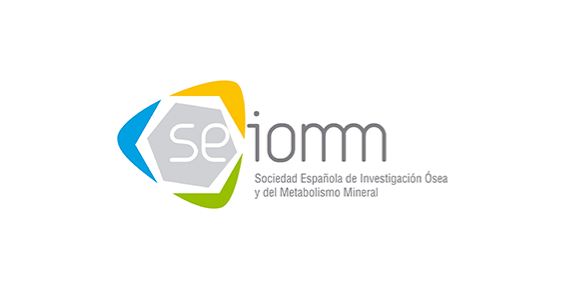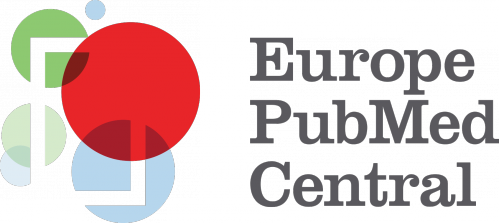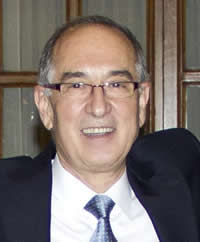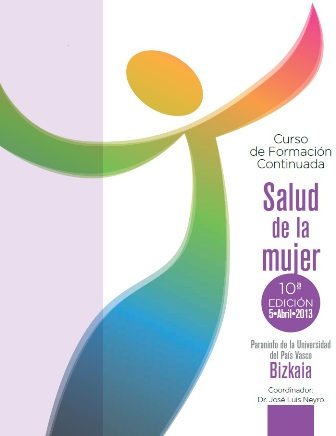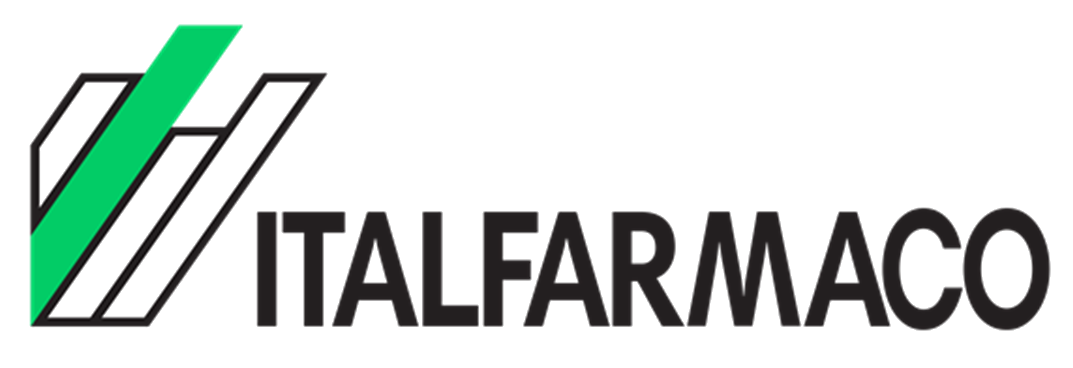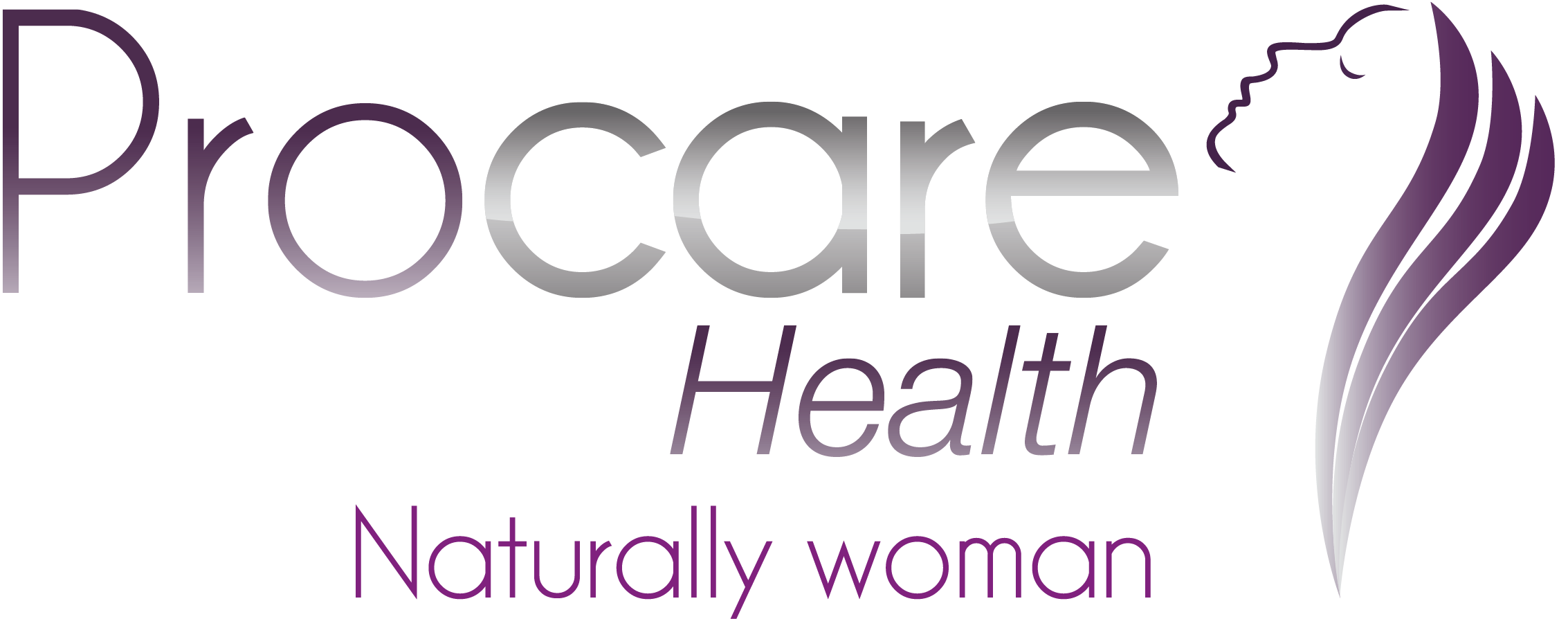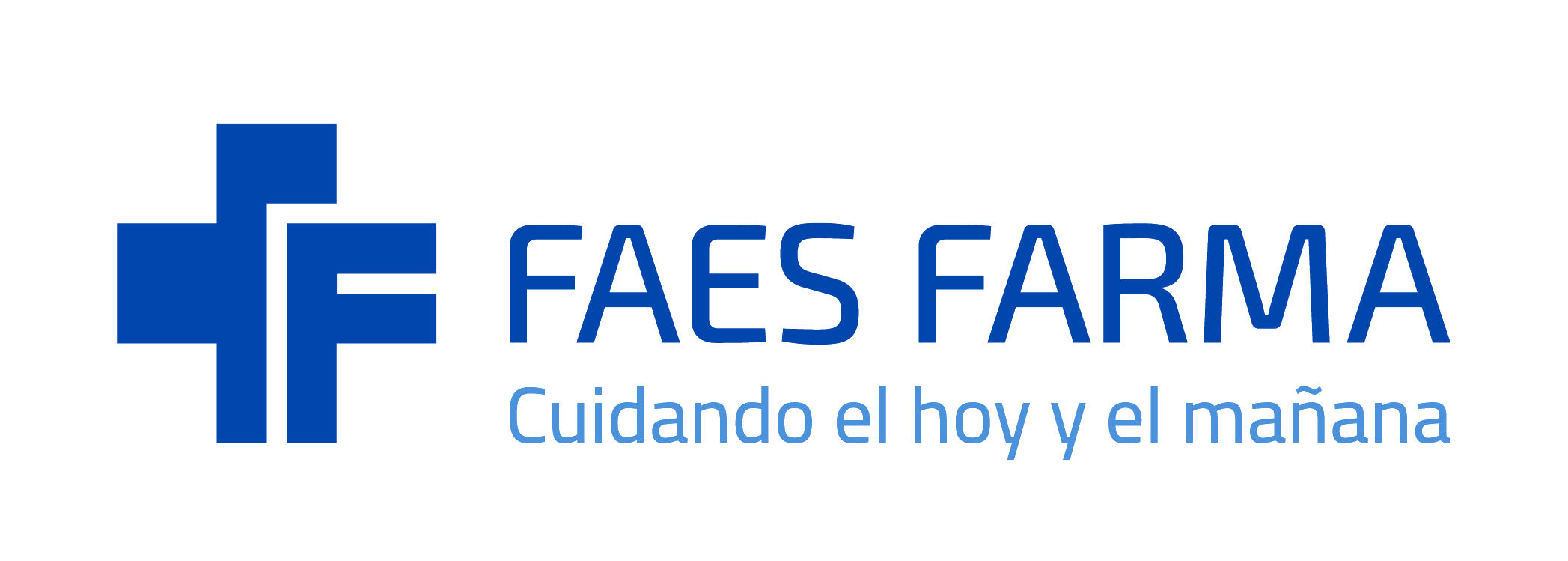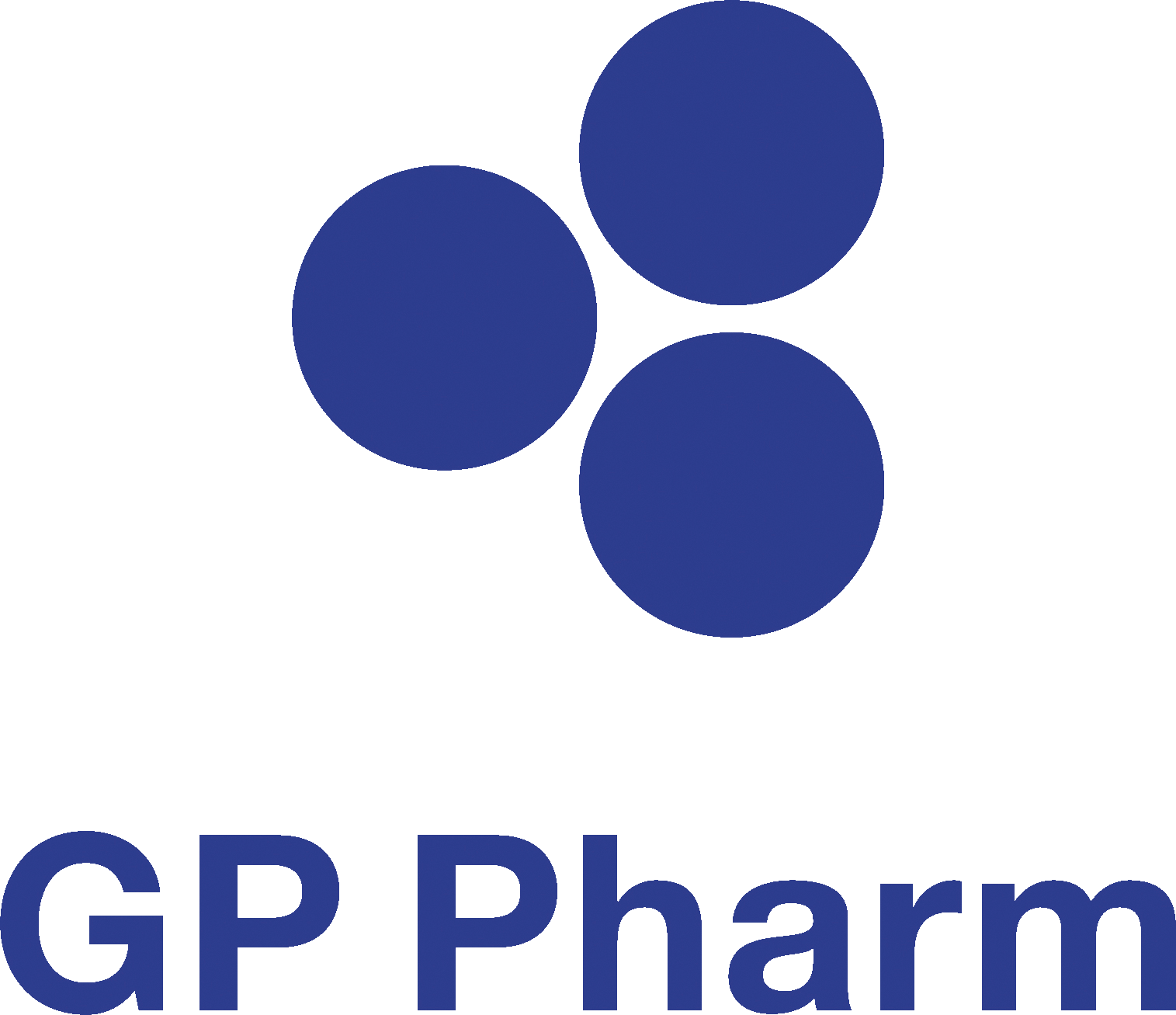Seven core recommendations made; international consensus could immensely benefit clinical practice and study design in distal radius fracture
Distal radius fractures (often simply termed wrist or Colles’ fractures) are the second most common fractures in the elderly. Beyond the immediate impact on the patient, wrist fractures in older adults often indicate underlying osteoporosis and high risk of subsequent fragility fractures.
Despite their clinical significance, evidence-based practice and clinical research on wrist fractures are hampered by the lack of standardized methods of outcome measurement. A new publication* by the Distal Radius Working Group of the International Society for Fracture Repair (ISFR) and the International Osteoporosis Foundation (IOF) makes important new recommendations in an effort to promote international consensus.
“In regard to distal radius fractures there is currently no agreed-upon definition of what should be measured in a clinical trial. As a result, researchers are faced with heterogeneous information – a serious barrier to high-quality research in the evaluation of outcomes or definition of intervention thresholds,” said Dr. Jörg Goldhahn, Lecturer at the Institute for Biomechanics of the Swiss Federal Institute of Technology (ETH), Zurich and President-Elect of the ISFR.
The IOF-ISFR Working Group used a methodological approach to arrive at a comprehensive foundation of content for outcomes. The absence of pain and restoration of function was agreed as the common treatment goals and foci for clinical measures. There was also a consensus that symptom and function should be measured as separate domains in the WHO International Classification of Functioning, Disability and Health (ICF)



